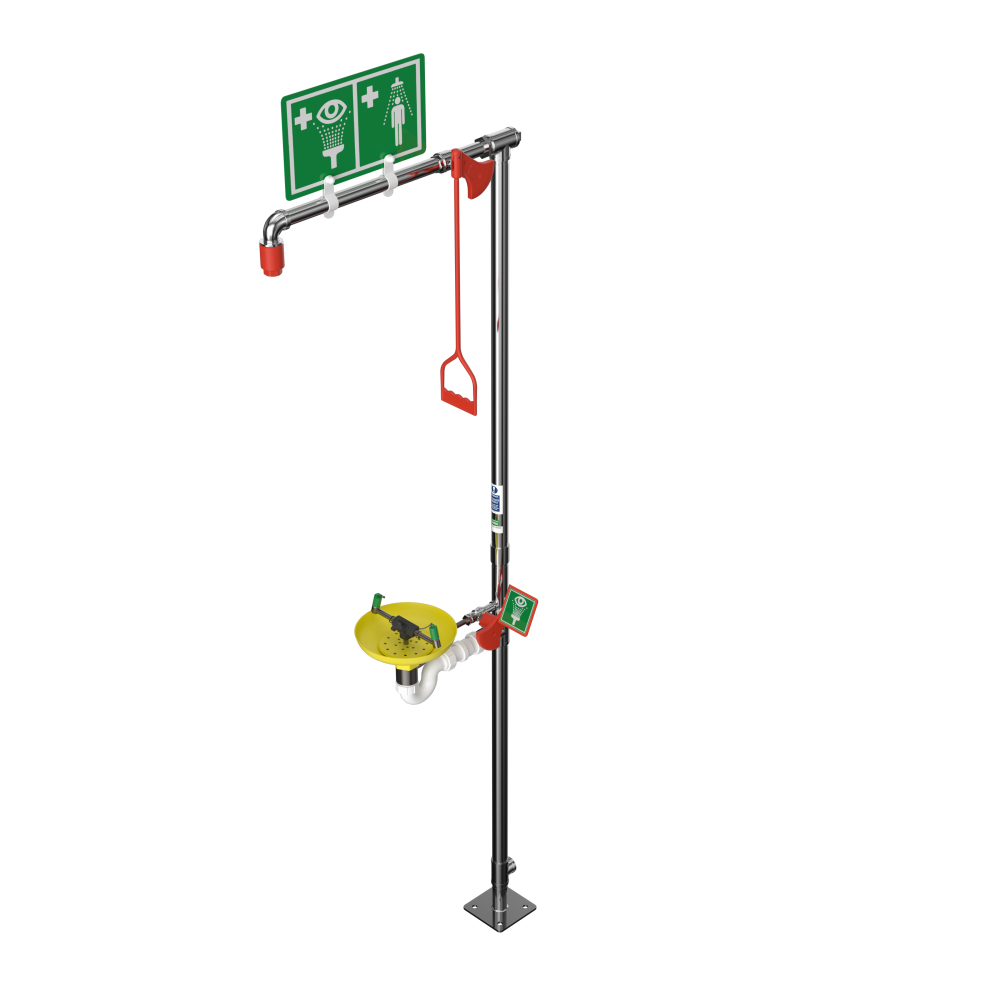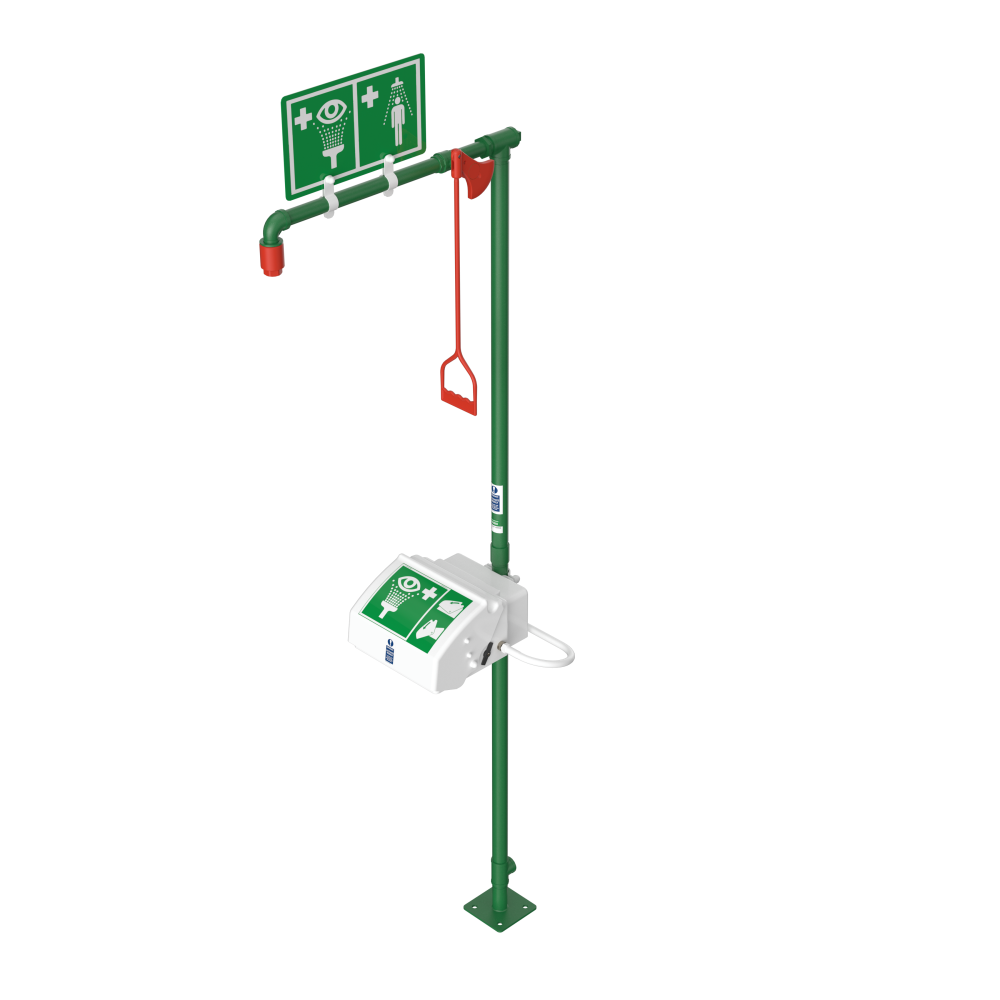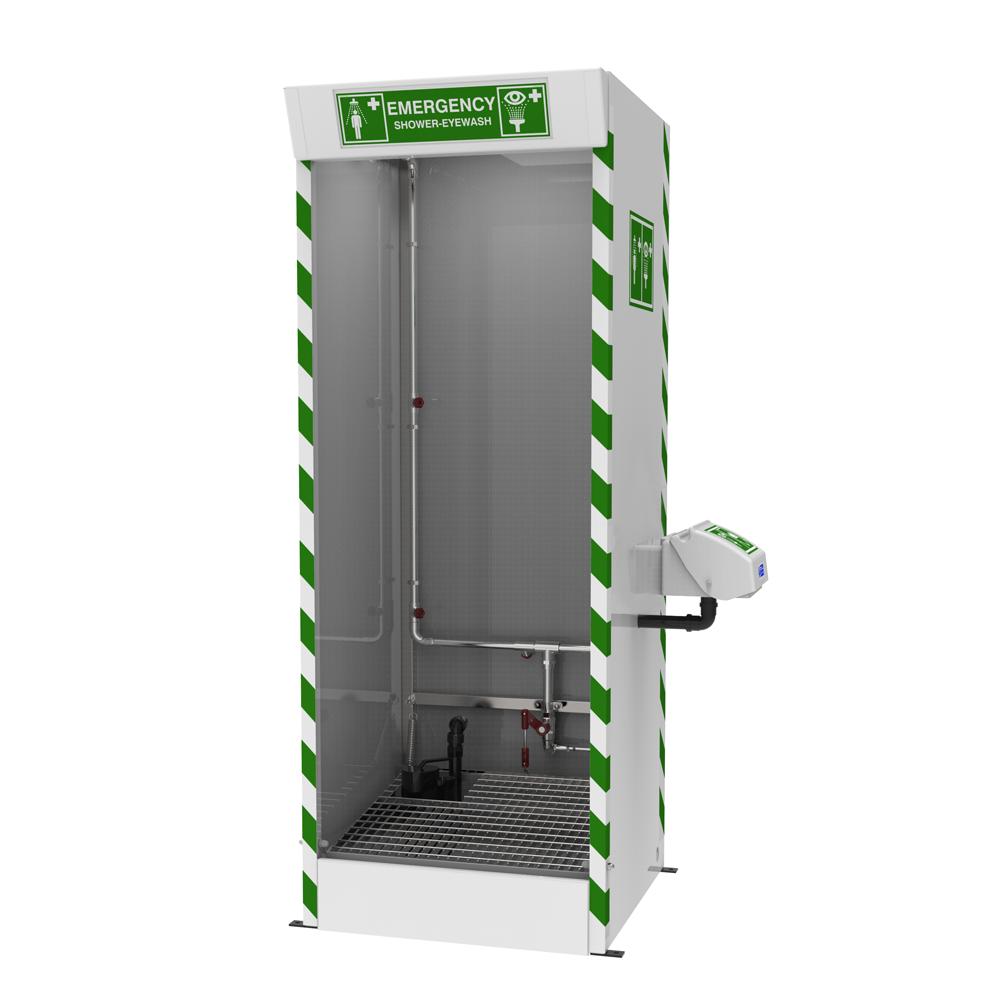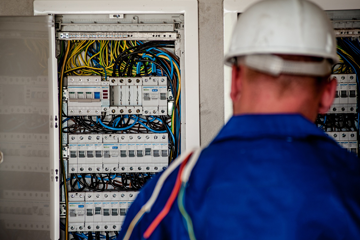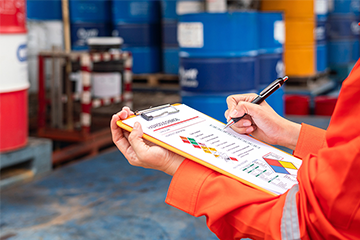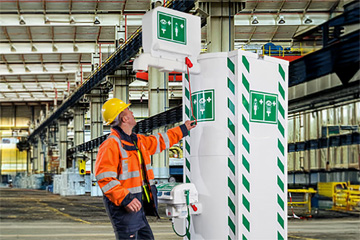Enquiry List () (0)
- Oct 10, 2018
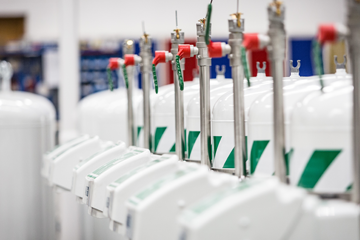
Where Should You Place an Indoor Emergency Shower and Eyewash Station?
Reading reports for incidents and injuries involving chemical splashes is sobering. Chemical burns cause severe reactions and could lead to permanent damage. The American Industrial Hygiene Association (AIHA) keeps a record of incidents and lessons learned. The root cause of each incident varies. They include carrying chemicals in unsafe containers, broken equipment or incorrect procedures. Once a chemical splash occurs, washing the affected area is critical.
It is interesting to note the unwillingness of some victims to disrobe in a public area. Chemical residue remains trapped in their clothing and continues to burn the skin even if rinsed in a shower.
Chemical splashes to the eyes may cause partial or complete blindness, which makes getting to an emergency eye wash or shower difficult. Location, location, location – it is key to worker safety. Here are 4 questions to ask before placing indoor emergency shower and eyewash equipment:
1. What does ANSI recommend?
The ANSI/ISEA Z358.1 standard lays out guidelines for the location and performance of emergency eye wash and shower station. For example, safety shower and eyewash equipment must be within 10 seconds of an identified chemical hazard. This is generally equated to around 55 feet. Emergency eye wash and shower stations must be on the same level as the hazard. The pathway to reach the equipment must be free of any obstacles, which include temporary or permanent equipment or structures.
2. What are nearby risks and hazards?
Perform a risk assessment. Identify hazards (chemicals, lubricants, and airborne substances where the SDS Section 4 requires specific equipment for skin and eyes), check pathways to emergency equipment and discuss potential problems. A common-sense approach will ensure that immediate and easy access is available for victims of chemical splashes to decontaminate. Sometimes the risk to workers demands that safety equipment be closer to the hazard than the ANSI standard specifies.
3. Are the safety showers and emergency eye wash stations extremely visible?
The area around the hazard and leading to safety showers must be well lit. Emergency shower and eyewash stations must be clearly demarcated. There should be clear signage which should be visible from any direction that a worker may approach the equipment from.
4. Is there a sufficient number of safety shower stations near where people are working?
A laboratory or indoor work area is often congested with many workers performing different tasks. But a single incident in the room on one task can affect other workers who were not directly involved. The number of emergency eye wash and showers in an indoor area should consider the potential number of workers affected by an incident.
Hughes Safety Showers and Eyewash Stations for Indoor Applications
Hughes Safety Showers supplies emergency eye wash and shower stations that comply with ANSI standards and OSHA requirements. We offer different models designed for use in different applications.
Standard unheated safety showers come with floor mounted, ceiling mounted or wall mounted fittings. Due to the protected environment indoors, water supply is often already in the tepid range needed, provided the area is climate controlled. This avoids the need for temperature controlled showers. But, if your structure is located in a colder climate without environmental control, there is a strong likelihood that additional expense will be needed to ensure the water falls within the 60 F to 100 F (16 to 38 C) tepid range.
Combination shower and eyewash units also come in different models. Open ABS and stainless-steel bowls have dust covers to keep the nozzles clean. Some have an integrated cover to protect the nozzles. Activation via push plate or foot treadle removes the covers and triggers a gentle flow of aerated water.
Closed ABS bowls have a lid that covers the eye/face wash station completely, protecting it from dust and debris. Opening the lid or pushing down the foot treadle activates the water flow.
Many people are uncomfortable if required to disrobe in a public safety shower. Cubicle showers offer more privacy. Standard combination emergency shower and eyewash units, as well as multiple spray nozzles inside the cubicle ensure a thorough drenching of the victim. Included drain sumps and strip screens reduce the risk of water outside the cubicle area.
Contact Hughes Safety Showers for Emergency Eye Wash and Safety Shower Equipment
Hughes Safety Showers is a leader in the emergency shower industry. Our products comply with ANSI and OSHA requirements. We also offer engineering support and on-site consultation to help you get the right emergency shower and eye/face wash system for your application. Find out more about our indoor safety showers here.
References
- International Safety Equipment Association. Emergency Showers and Eye Wash Stations: Where, When and How?
- EHS Today. A Logical Approach to Emergency Shower and Eyewash Choices
- EHS Today. Protecting Those Peepers: A Guide to Eye Wash and Emergency Shower Stations





